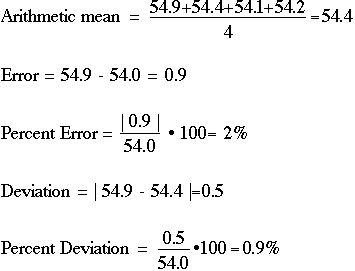

Source: IBRC, using Bureau of Economic Analysis data How Using STATS Indiana Helps Table 2: Indianapolis-Carmel, IN Metro Area PCPI, 2011 Table 2 uses the 10-county Indianapolis-Carmel metro area as an example to show that the county average differs from the true PCPI by more than $500.

Doing so gives each county equal weight even though they each have different population levels. Per capita personal income (PCPI) is another data set where you should not aggregate data into regions using averages since PCPI is really a calculation (income divided by population). Source: IBRC, using Indiana Department of Workforce Development data Per Capita Personal Income Table 1: Lafayette Metro Counties Unemployment Rate, November 2012 Geography However, the true unemployment rate for the metro is 7.3 percent (7,260 unemployed divided by 100,113 people in the labor force). Average those three rates together and you get 7.0 percent. Table 1 shows the counties comprising the Lafayette metro area. The unemployment rate serves as a good example of when you should not average multiple rates since the rate is a calculation itself (unemployed divided by labor force). Thankfully, STATS Indiana ( has built-in functionality to help you avoid that mistake. This article looks at a few popular data sets where averaging data distorts accuracy. This can often be seen when trying to create a regional number from county data. One common data mistake is averaging averages. Data Don'ts: When You Shouldn't Average Averagesĭealing with data can sometimes cause confusion.


 0 kommentar(er)
0 kommentar(er)
